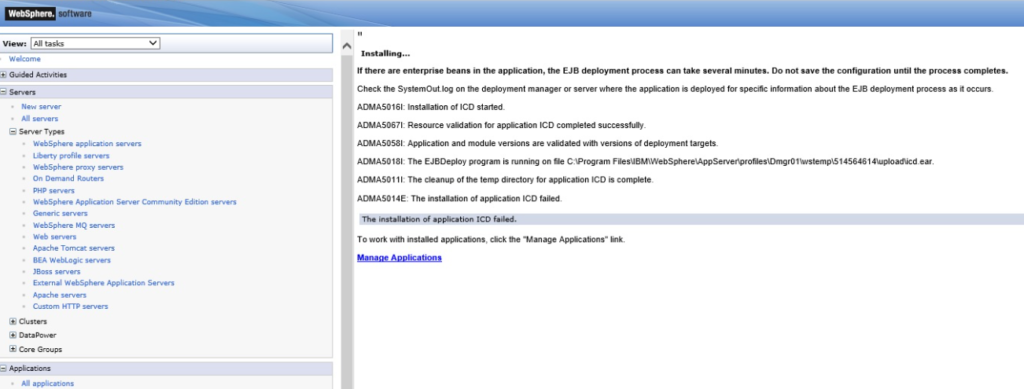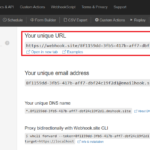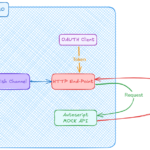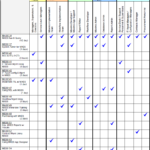The “Object cannot be saved” error
A client hired me to do a bit of house cleaning and to provide minor enhancements for their Maximo system. It has some pieces of buggy Java code and I took the opportunity to de-customize some Java classes by rewriting the logic with Automation Script.
With one piece of logic, it worked well in the Development environment. However, when deployed to Production, it did not work.
The automation script is triggered when the user saves a record, but it executes at the post-commit launch point. Thus, this script does not give any error on the front end. However, there is an error “BMXAA4017E object cannot be saved with the data that was provided” in the SystemOut.log file. The error came from the mbo.checkQualifiedRestriction method
Background Information
The BMXAA4017E error is a common error. It often occurs because of a QUALIFIED rule setup in security restriction preventing an user to interact with data he/she should not have access to.
However, this client has an interesting environment with four satellite Maximo servers located in Antarctica synchronized to a central server via satellite using a data sync solution provided by SRO. Although the number of active users is low, they have 500-600 users across nearly 20 logical sites. There are many data restriction rules configured at various levels: global, site, security group etc.
This issue gave me a chill down my spine during the deployment to Production because I simply couldn’t think of where to start looking. When I was almost announcing it was a failed deployment, a random thought came up and it helped me solve the problem.
Problem and Solution
In short, the problem is, to update a record, I fetched the MboSet from the database using the MXServer.getMboSet() method. I passed in the SystemUserInfo to this method as I always do, thinking it is linked to the MAXADMIN account, and it has the ultimate access right. Below is the code:
That is where the problem comes about, the “SystemUser” profile does not belong to any Security Group or is listed in any security restriction rules. One of those rules must have failed and caused the error. To fix it, I changed the code to use the current logged-in user’s security profile as follows:
To be honest, I still haven’t figured out why the same code using SystemUserInfo
works in the DEV and TEST environments, and not works in PROD. But as an engineer, not a scientist, I guess it is ok to not know the Why sometimes. As long as it works, everyone is happy 😊
Update:
I realised many people visited this post because they had the BMXAA4017E error, but didn’t have the exact issue mentioned in this post. This is a common problem usually caused by a QUALIFIED restriction rule. To troubleshoot this, I find the easiest way is to run a query below on the object we have problems with. It will list out all restriction rules both global and those specific to certain security groups.
SELECT * FROM securityrestrict WHERE objectname = 'WORKORDER';











